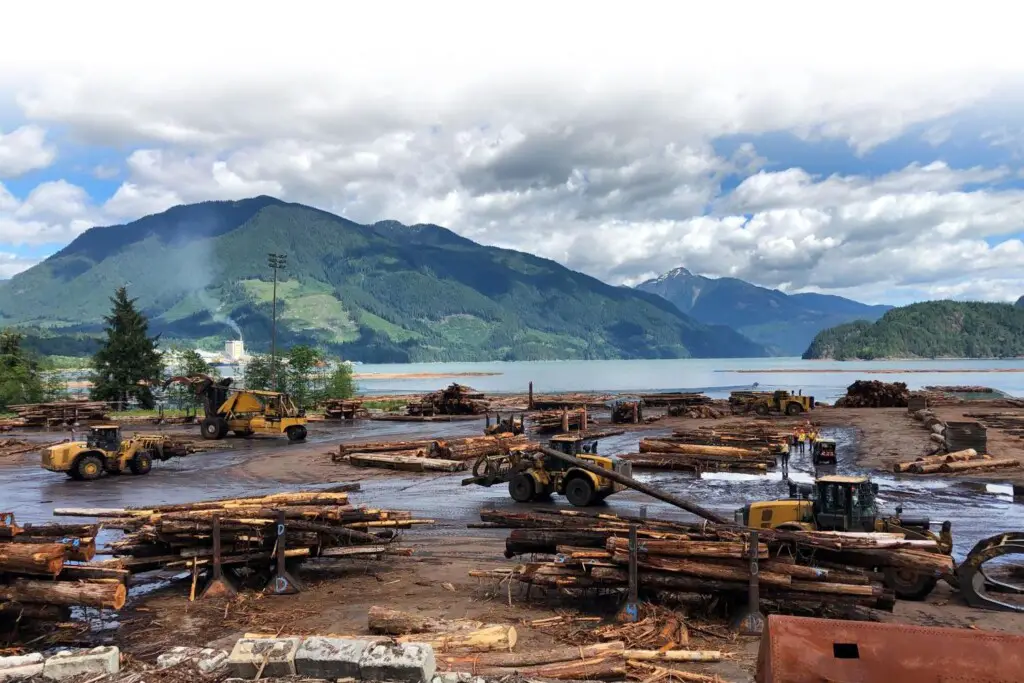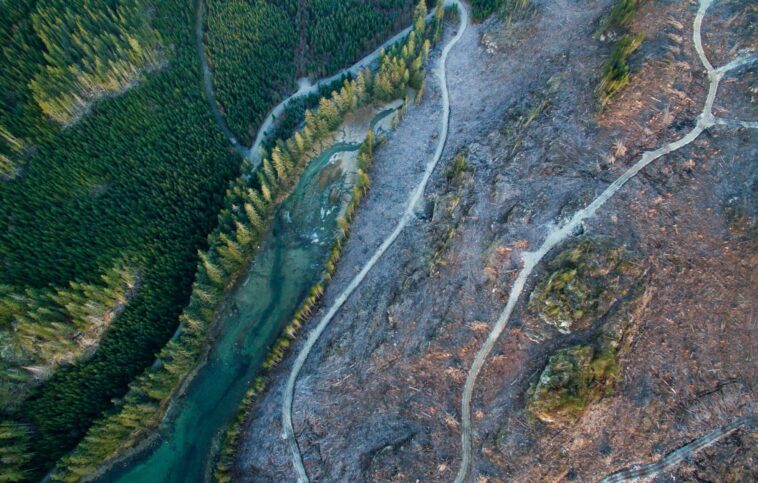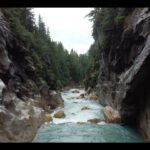Salmon populations across the province are crashing because of too much logging along rivers, a new study from Simon Fraser University suggests.

The research for the study was conducted at the Keogh River near Port Hardy on Vancouver Island. Researchers were trying to determine why five salmon species have experienced drastic declines in recent years.
They looked at things like warmer ocean temperatures due to climate change and increases in predatory seals. But they ultimately determined that logging was a hugely significant factor for some species.
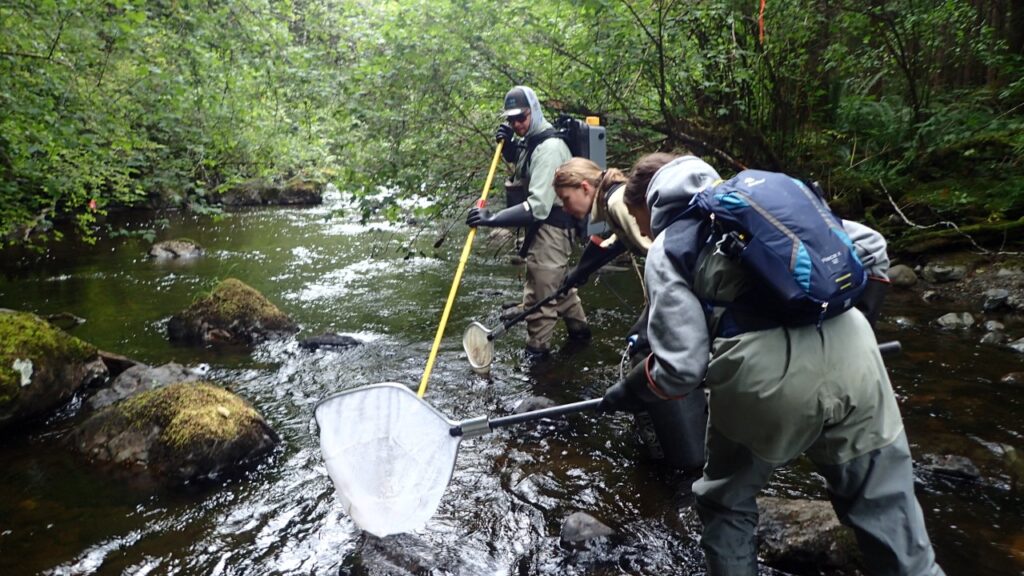
The researchers found that “if all other factors, like temperature, had stayed constant over the study period, logging would have driven the number of baby steelhead born per mother fish down 97 percent, he says. It was 98 percent for coho, and 99 percent for cutthroat.”
“It’s not just the ocean that is driving declines,” lead researcher Kyle Wilson explained. “The combination of marine and freshwater stressors effectively ‘squeezes’ some salmon populations by lowering survival in both the river and the sea.”
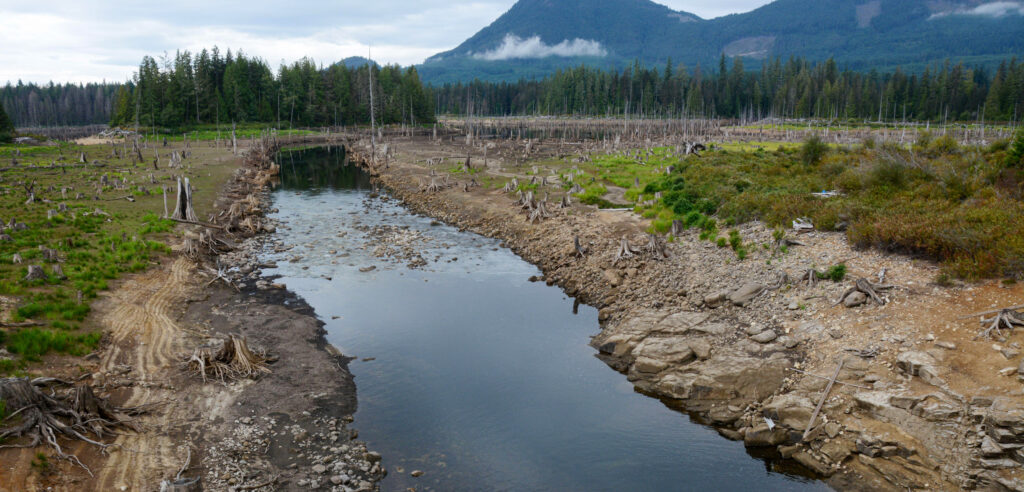
The impacts of logging on salmon aren’t immediately obvious; sometimes those impacts might not be felt for decades. But removing trees can have drastic impacts.
“Reducing shade over rivers can boost water temperature, which can be good or bad for spawning fish. Removing roots loosens soils and causes turbidity. Fewer logs may fall into streams, reducing the number of pools and turns that salmon like,” reads a Hakai Magazine story about the study.
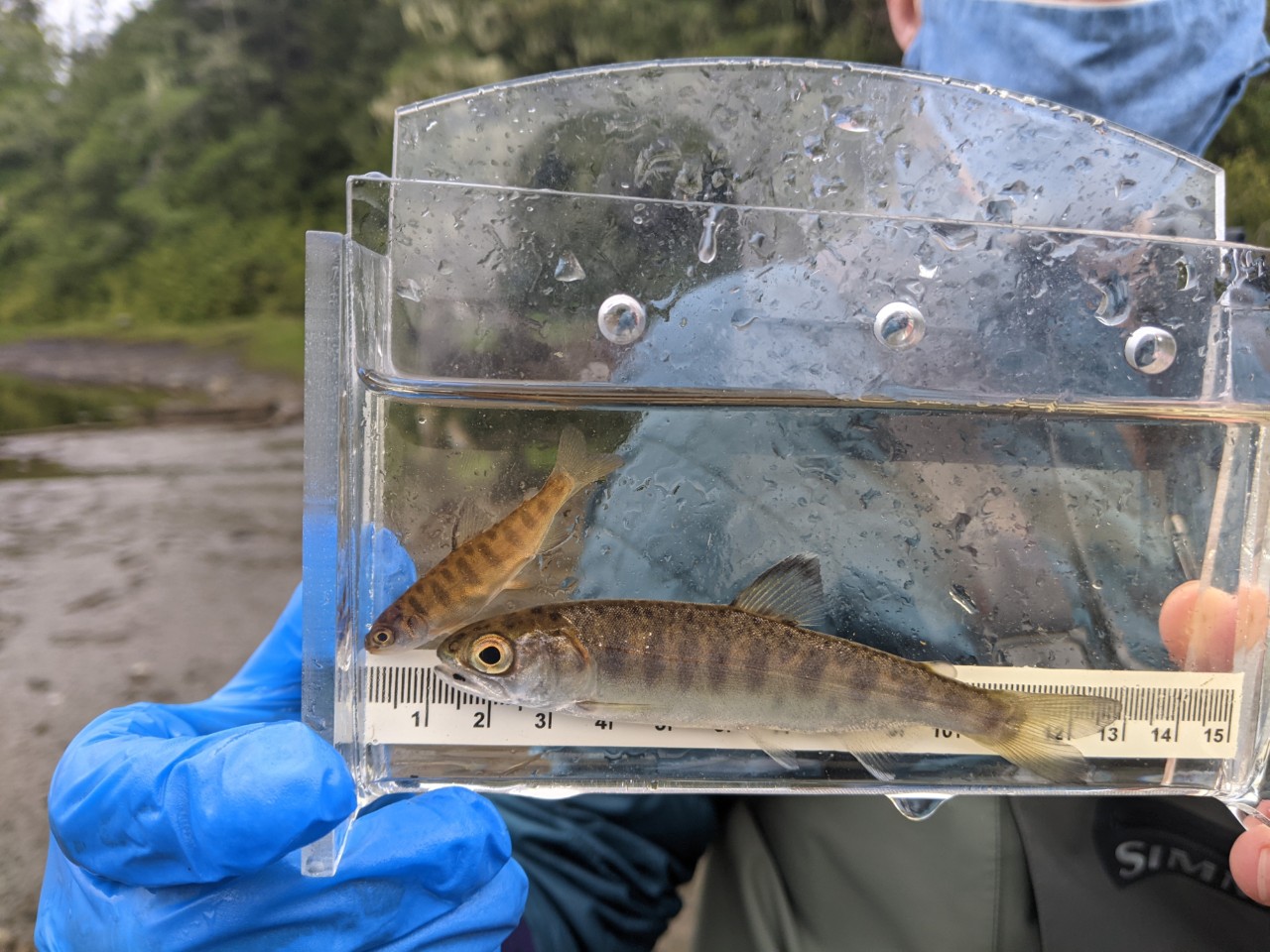
“One problem in Canada, Wilson says, is that the Province of British Columbia regulates things like watershed activity, while the federal Department of Fisheries and Oceans regulates things that happen at sea: “These two agencies are very happy blaming each other for what they can’t control.”
Governments have responded to declining salmon levels in the Skeena by bringing in commercial fisheries closures. But Wilson says forest management needs to be a bigger part of the conversation.
“The logging footprint explained a ton of the baby salmon productivity,” he said.
